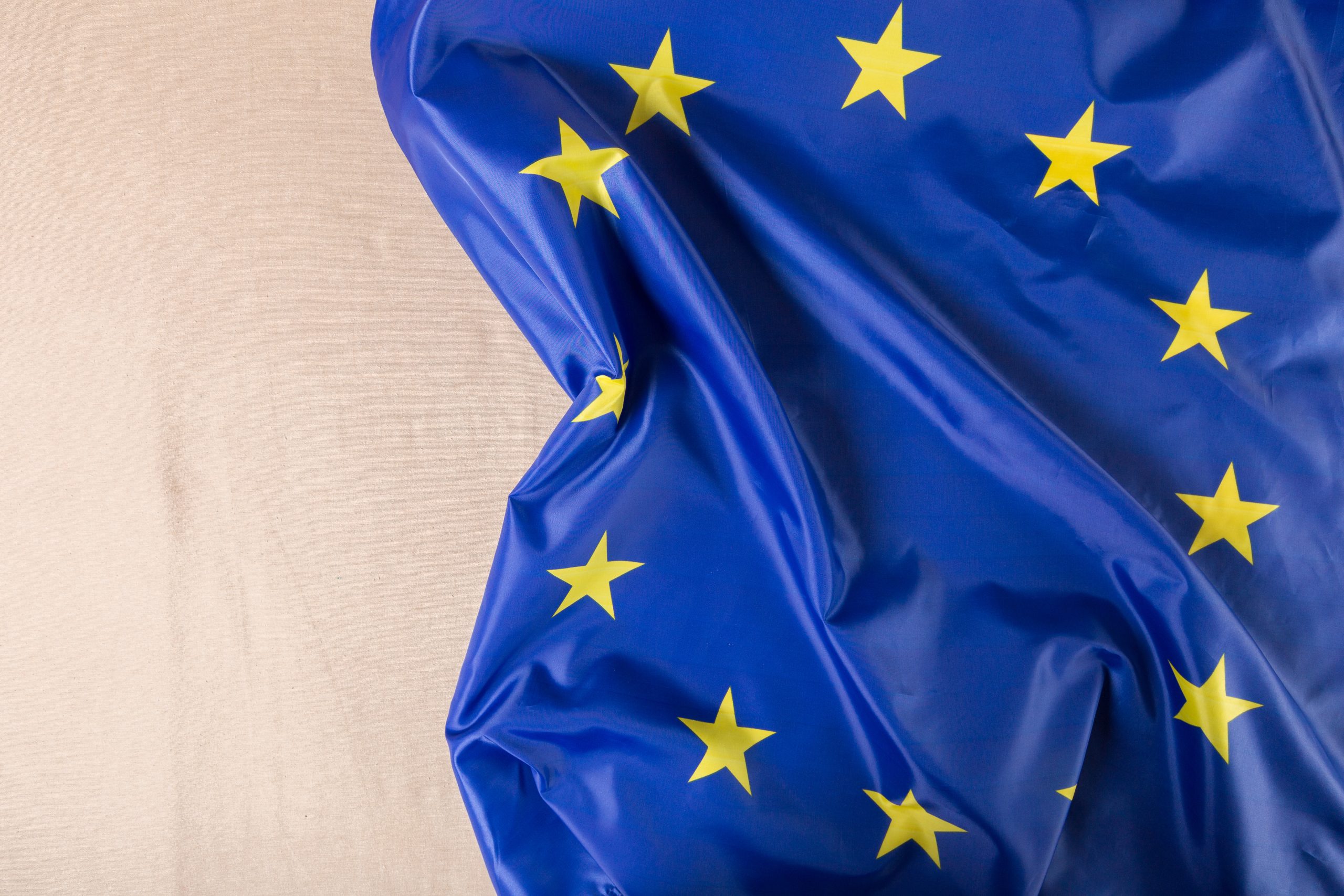Between 1989 and 2008 the world economy was governed by a set of rules and institutions that limited trade tariffs and subsidies, bailed out countries in financial distress in exchange for raising taxes and cutting expenditure, and provided development aid conditioned upon reform and anti-corruption measures. Now, the US is following the Chinese model of spending big on subsidising industries of the future and protecting local production. The small- and medium-sized economies of Europe, on the other hand, have few common pots of money for subsidies and rely on international law to keep markets open. For them, the rivalry between China and the US is a huge challenge.
In November 2023, at its annual Ditchley economics conference, the CER gathered leading politicians, officials, academics, journalists and thinkers to discuss how Europe should respond to this growing economic nationalism in China and the US. These are the main conclusions:
- Europe’s economic model faces significant challenges. Several EU countries have kept pace with the US in terms of GDP per capita growth, if properly adjusted for exchange rates and hours worked. But the gap may now be widening as the US uses public funds to boost investment and growth. Europe might also be drifting further behind the technological frontier.
- The continent’s best chance of improving productivity – contrary to some Europeans’ desire for technological sovereignty – is to disseminate and diffuse foreign technology throughout the economy rapidly, piggybacking on risky breakthrough innovation in the US and China. Deepening Europe’s single market still holds great promise, but initiatives in the past twenty years have not significantly reduced market segmentation between EU countries, for examples in services, banking or capital.
- Joe Biden’s signature green subsidies programme – the Inflation Reduction Act (IRA) – might prove less detrimental to the EU than first thought. Although viable green projects in Europe may be delayed as firms frontload investment in the US, it is doubtful they would be cancelled outright. The EU might also benefit from the spillovers of the US lavishing money on expanding demand, innovation and scale in clean technology manufacturing.
- China’s economy faces serious headwinds. Its investment and export-led development model worked well in the 1990s and 2000s but now seems exhausted. Yet Chinese leaders continue to suppress workers’ consumption and recycle their savings into increasingly inefficient investment, as evidenced by the real estate bubble. Chinese policy-making is also increasingly erratic and focused on technological self-reliance not economic dynamism.
- Experts disagree on what Chinese economic weakness means for Europe and the US. Beijing may respond to its weak growth by ploughing even more subsidies into manufacturing which, given weak consumption at home, will drive Chinese exports up even further, intensifying global imbalances and trade disputes with the West. Others believe that China will have more to lose than the EU and US from a widespread trade war.
- A significant challenge for Europe is that the EU lacks instruments to step up its green industrial policy in response to growing US and Chinese economic nationalism. Tax credits seem to be working well in the US, but the EU requires unanimity on tax measures. At the same time, there are various risks from the EU’s current approach. Economists praise the EU’s carbon pricing; but penalising emissions-intensive activities without subsidising alternatives might not give enough impetus to the green transition. Letting EU member-states continue to lavish state aid on their own firms could also threaten the level playing field of the internal market. But there is little political willingness to pool resources.
- The rise of economic nationalism also has implications for the role of the EU in the financial realm. The dollar and, to a lesser extent, the euro remain the dominant currencies globally. But Russia, China and other countries are starting to invoice trade in other currencies, while demand for gold as a reserve asset has increased significantly.
- With many developing countries in debt distress, the West should finance an expansion of the World Bank’s balance sheet and use the International Monetary Fund (IMF) more effectively, especially now that China is cutting back on development lending after many of its loans went sour. However, caution is necessary since many previous attempts to reform these institutions have not worked. The West’s existing development support continues to be a sizeable and attractive offer for emerging markets and developing economies.
About the Authors
Sander Tordoir is a senior economist, Aslak Berg is a reserach fellow, Elisabetta Cornago is a senior research fellow, Zach Meyers is assistant directorand John Springford is an associate fellow at the Centre for European Reform.


